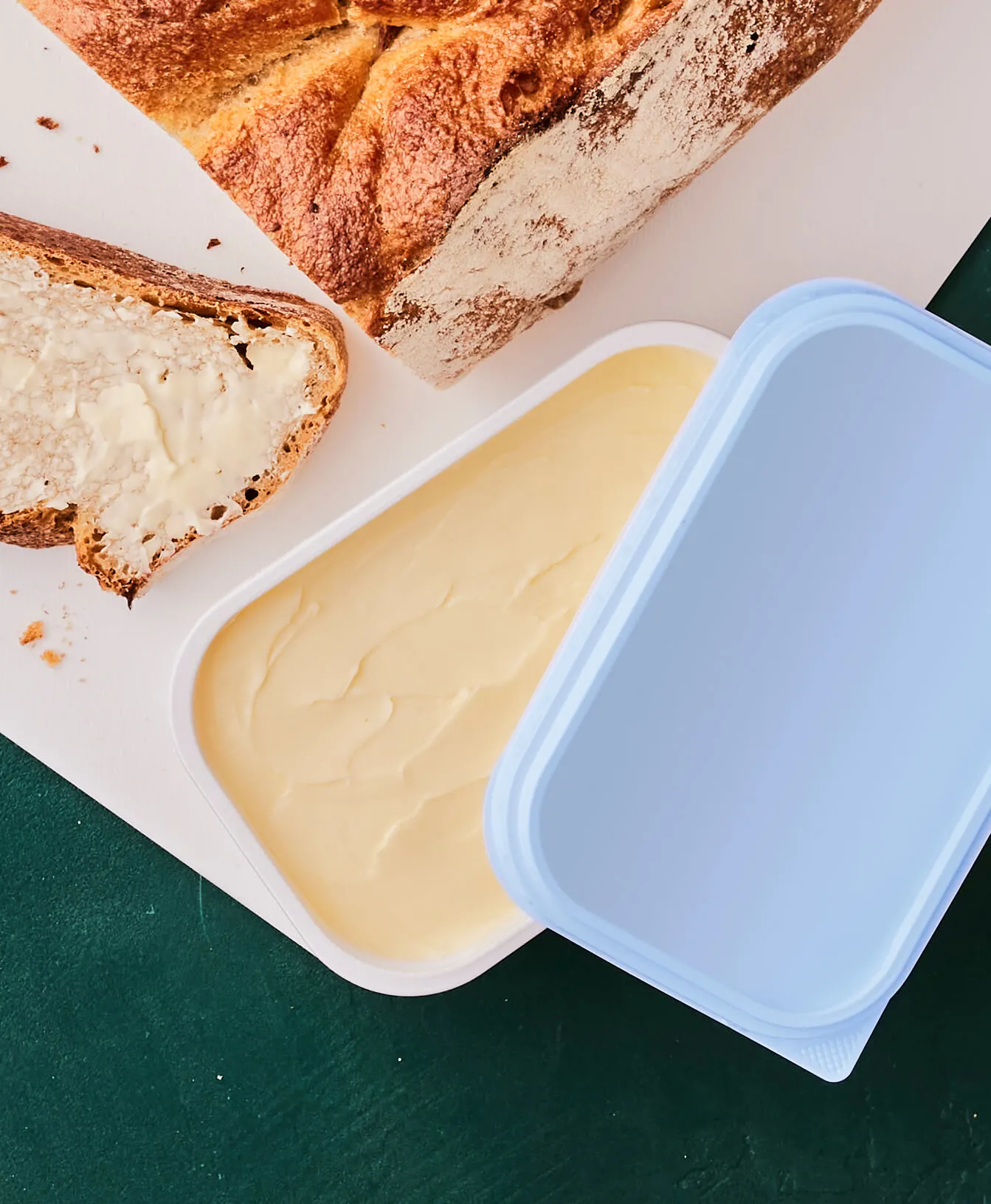
WHITEPAPER
FEATURE ARTICLE
Only few packaging polymers are used as neat products without any additives. While lending or enhancing important functional and economic properties, polymer additives are also increasingly rated with regard to their impact on human health and the environment. Here are some of the key benefits offered by our plant-based additives chemistry for compounders, processors, packaging brand owners and consumers.
"Palsgaard’s bio-based additives are polyglycerol esters or glycerol mono-stearates made exclusively from vegetable fatty acids. Derived from animal-free and edible plant sources, such as certified palm oil, rapeseed, sunflower, soya and other vegetable oils, they meet the highest standards of safety and sustainability. This gives them a perfect fit in innovative new responsible packaging solutions and makes them an ideal drop-in replacement for fossil-based additives in existing polymer formulations."
– Ulrik Aunskjær, Global Industry Director, Bio-Speciality Additives, Palsgaard A/S

Today’s food and non-food packaging applications are characterised by a wide range of different polymer compounds, films and foams formulated to meet important functions in terms of processability, handling, safety and usability.
Among the most significant features, additives are used to enhance and ensure long-lasting anti-static and anti-fogging performance of PP and PE packaging products. Both properties are instrumental for instance in maximising the aesthetic appeal and shelf-life of packaged food. In most cases, these effects rely on migratory internal additives. However, anti-fog or anti-static additives are also available as coatings for formulations or applications where the migratory route may not be feasible. Further polymer additives serve as effective mould release agents, ageing modifiers or pigment dispersants.
In a hungry world, packaging solutions must extend the shelf-life of products and reduce food losses while at the same time maintaining the aesthetic appeal of the packaged items. Palsgaard is addressing these needs with a range of surfactants designed to reduce the fogging and the accumulation of static electricity in the packaging material.
Fogging on the inner packaging surface can occur when moisture in the packaged product, such as food, condenses due to varying conditions of ambient humidity and temperature during transportation and storage. An effective anti-fog additive will lower the surface tension so that condensed moisture will spread as a continuous thin film across the surface. This preserves the clear view of the food and protects its freshness.
Another critical function of surfactants in packaging materials is to prevent the accumulation of static electricity on the surface. Static build-up attracts dust, which creates an unhygienic look of the product. Moreover, it can result in serious processing and downstream problems, such as reduced film rolling speed, congestions on conveyor belts, impaired stackability of moulded or thermoformed items, and poor sealability of packages for powdery food. In electronics packaging, it may even damage the packaged product. Palsgaard’s plant-based anti-static additives interact with ambient moisture to form a conductive layer that will effectively dissipate the static.
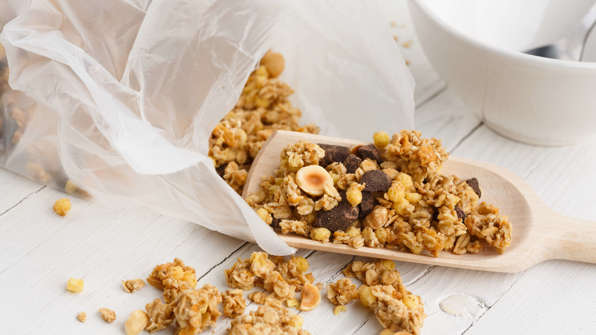
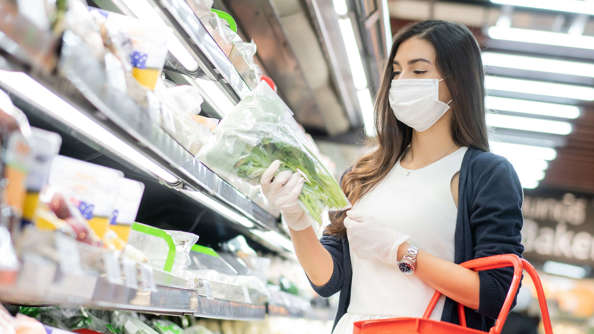
Palsgaard’s additives business started in 1917 with natural emulsifiers designed to improve the taste, stability and texture of foods from margarine to ice cream and chocolate coatings. Beyond their fundamental ability to mix oil and water, these emulsifiers were soon expanded into a full range of food-safe additives to reduce spattering, prevent thermal shock, control viscosity, facilitate aeration and extend the shelf-life of food. Many of the very same emulsifiers have recently also proved effective as functional polymer additives. While their bio-based chemistry provides the flexibility to create new or tailor-made molecules for properties such as anti-fogging, it retains their natural safety.
This is a significant benefit, especially with regard to the desired migration of anti-static and anti-fogging additives. Normally, there are strict migration limits for additives in food packaging to eliminate health hazards and prevent changes in the taste of the packaged food. However, as virtually edible additives, most of our plant-based Einar® products are not subject to these constraints. In fact, they can even help formulators and compounders reduce the overall additive concentration in the polymer without compromising their functional effectiveness. All are FDA and EU as well as kosher and halal approved for food-contact applications.

With anti-stats, for instance, this is measured as static decay time or surface resistivity. For fogging, tests are run to simulate cold storage of products such as salads and hot-fill applications such as newly cooked meat. In both scenarios, Einar® plant-based additives have shown that they can easily match or outperform the effectiveness of traditional fossil-based competitors, including amine/amide and polyethylene glycerols, at similar or lower concentrations.
As ageing modifiers in PE and PP compounds, they are successfully replacing amine and amide modifiers to support the release of excess blowing agents from foamed articles. Moreover, they have no stress-cracking impact on packaged electronic components. In injection and compression moulding plastics, they combine excellent mould release and denesting with high heat and process stability at low loading levels. And as natural alternatives to erucamide slip additives in thermoplastic polyesters such as PET, they add lubrication to plastic surfaces and lower the coefficient of friction while also promoting thermal stability and low volatility during processing. They also work well in combination with anti-blocking agents and can help reduce surface defects.
In addition, the plant-based technology has proven extremely effective for the dispersion of pigments, fillers, and other additives in polymer masterbatches at a significantly lower concentration than traditional waxes in the market. This means that pigment loadings can be reduced to achieve the desired colour strength, which saves cost, facilitates colour changes and enhances the sustainability profile of the polymer formulation.

As the plastics industry is transforming into a circular economy, we are seeing increased use of packaging polymers derived from renewable, non-fossil and recycled resources. This has resulted in a growing demand for material formulations using more sustainable functional additives to help minimize fossil depletion and waste.
Palsgaard’s bio-based additives are polyglycerol esters or glycerol mono-stearates made exclusively from vegetable fatty acids. Derived from animal-free and edible plant sources, such as certified palm oil, rapeseed, sunflower, soya and other vegetable oils, they meet the highest standards of safety and sustainability. This gives them a perfect fit in innovative new responsible packaging solutions and makes them an ideal drop-in replacement for fossil-based additives in existing polymer formulations.
Likewise, it is important that additives have no negative influence on the recyclability of post-consumer packaging. Apart from minimising the required concentration, Einar® plant-based additives are not known to degrade into any harmful compounds which might contaminate the recycled material, promote discolouration or loss of properties.
Moreover, our bio-based solutions are produced with a strategic focus on reducing our energy consumption and our CO2-emissions worldwide, supporting ambitious decarbonisation targets across the entire value chain from the additive feedstock to the final packaging product.
The development of Einar® plant-based additives is backed by a dedicated Polymer Application Centre at our global headquarters in Juelsminde, Denmark, which provides comprehensive customer support. The Centre is fully equipped for meticulous testing and validation to make the successful implementation of our sustainable plant-based technology as flawless as possible.

WHITEPAPER

FEATURE ARTICLE
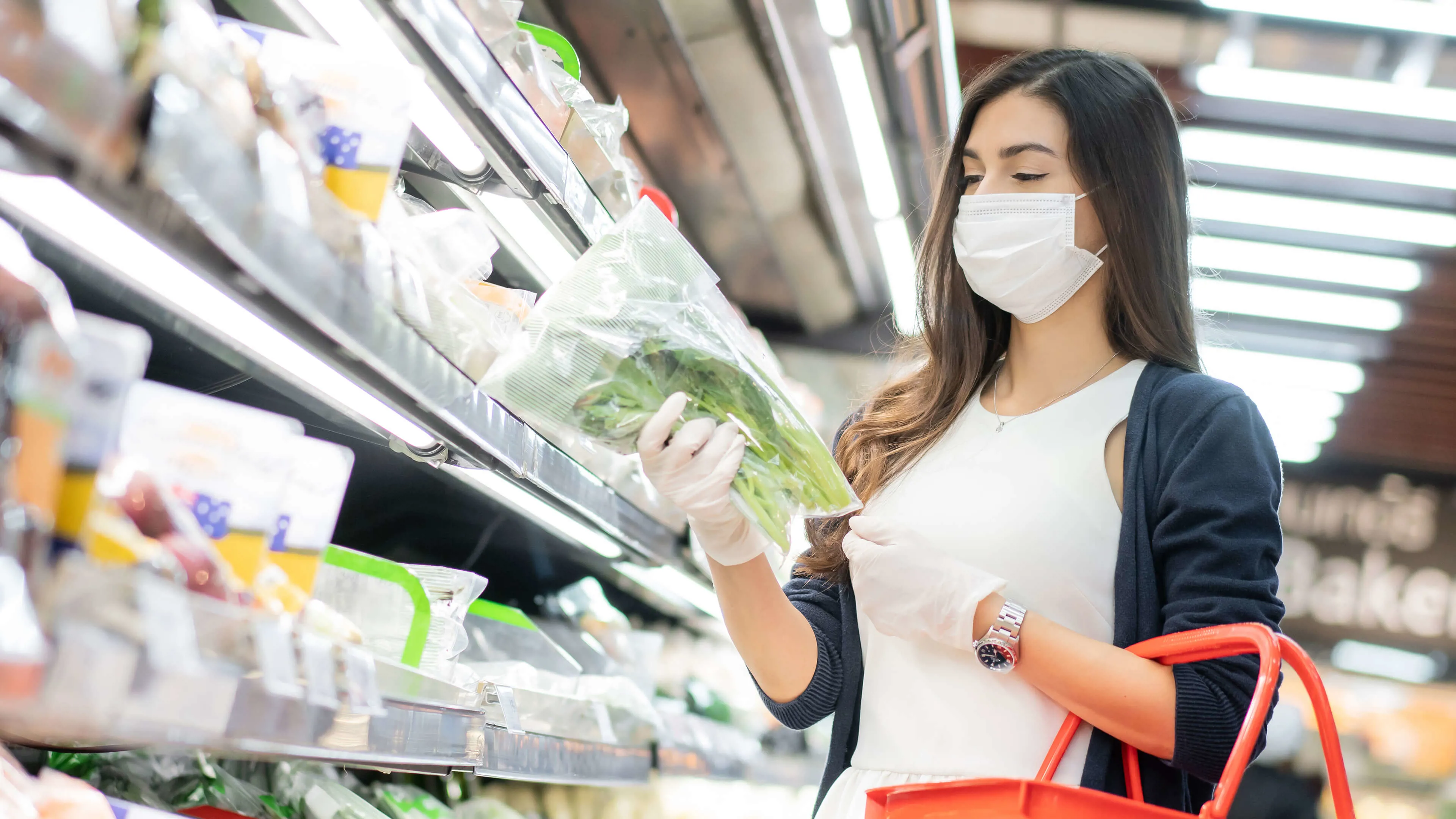
FEATURE ARTICLE

VIDEO FEATURE
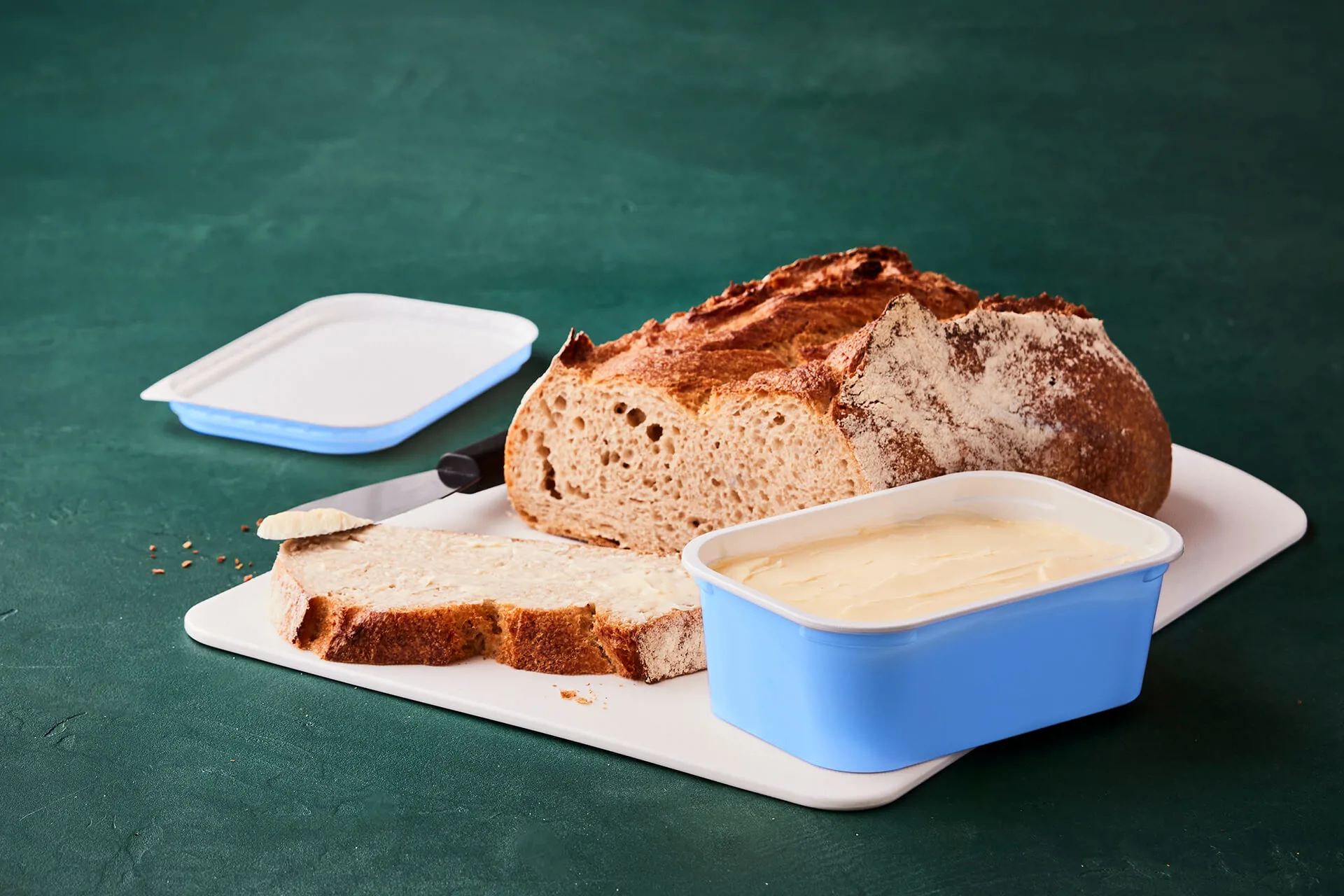
FEATURE ARTICLE

TECHNICAL ARTICLE

FEATURE ARTICLE

VIDEO FEATURE

TECHNICAL ARTICLE